The Forgotten Hero: Chimney Cap

Does anyone really think about the hard-working chimney cap that sits silently on the uppermost point of the house? Of course not. It just sits there keeping watch ensuring the inside of your chimney stays dry and empty.
What is a Chimney Cap?
The chimney cap is a piece of steel that looks like a cage with a roof that extends beyond the cage. It sits on top of the chimney opening allowing just the right amount of air to enter and smoke to exit from the fireplace. Its steel structure is meant to last, enduring the brutal four seasons that Chicago experiences each year. What else can endure 20 below temperatures in the winter to 120 above temperatures in the summer? The chimney cap.
Searching for a Warm Place
As the Fall season continues, our critter friends that play in our yards and on our roof are settling in preparing for the cold temperatures. Because they’ve enjoyed the comforts of your yard and roof, why not stay for the winter! They begin their search trying to stay away from predators. What better and safer place than the roof. As they begin to explore, that hole looks very tempting. No wind, nice and cozy. But wait! The chimney cap does its quiet job of saying ‘no’ it’s not safe for you in here. Without it, the poor little critters would be heading for possible danger: the lit fireplace!
The Roof on the Chimney Cap
Unlike the B52’s song, this roof won’t rust. Instead, the chimney cap protects the inside of the home from rain and snow. This Fall, we’ve certainly had plenty of rain. It’s had a hard workout ensuring each of those raindrops fall to the side, on the roof and down the gutters and away from the home. Because of its tough construction, the chimney cap is confident nothing is going to get past its steel lid.
Cold Drafts Stay Out!
There’s nothing more unpleasant than a cold draft that comes through the fireplace and into your home. Why is it happening? Simple. The chimney cap may be missing. With its grated sides and solid roof knows how to break the wind and send it in a different direction. No need for that cold wind to make its way inside the home. It knows what you want, and helps to keep the cold where it belongs.
Embers & Sparks
This is a hot one. The highly protective chimney cap does not want your house to get damaged or burned. It won’t have a place to work. It keeps working especially when you start your fireplace. Any sparks, or floating embers will stay where they belong. Any of those hot little pieces leave your home can be dangerous to the exterior of your home. It’s steel walls and steel roof once again come to the rescue and help to contain/extinguish any embers and sparks from leaving the chimney. It’s a hot job, but it can take it.
Do You Have a Chimney Cap?
Now’s the time to check the condition of the chimney cap and be sure that you have one installed. Ask Superior Chimney to help, and we’ll be sure the forgotten hero is on top of the job! Contact us today at 877-244-6349. Remember to Like us on Facebook!
This post first appeared on https://www.superiorchimney.net
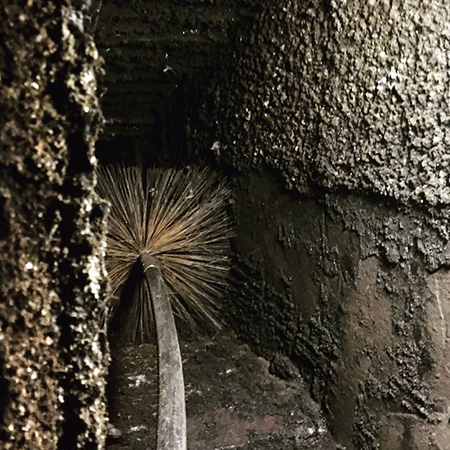 Benefit #1. You’ll keep creosote at a minimum in your chimney flue
Benefit #1. You’ll keep creosote at a minimum in your chimney flue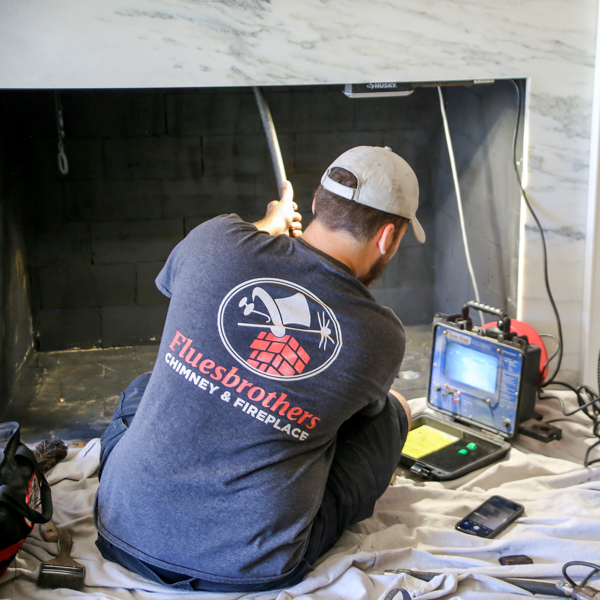 Your chimney inspector is there to help
Your chimney inspector is there to help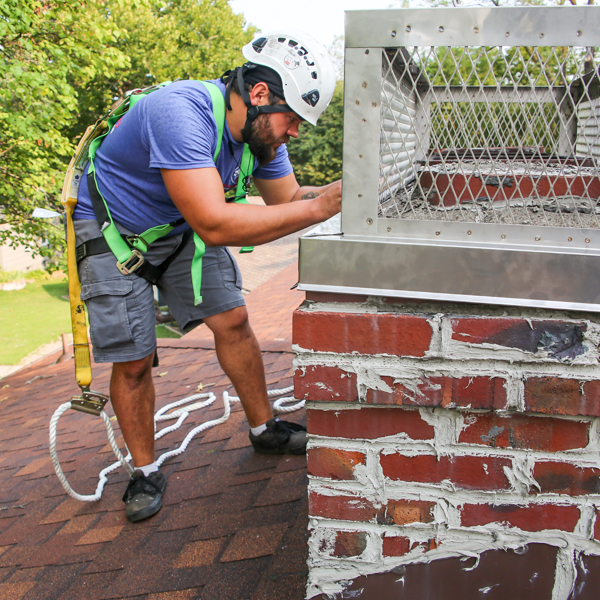 Missing/Damaged Chimney Cap
Missing/Damaged Chimney Cap 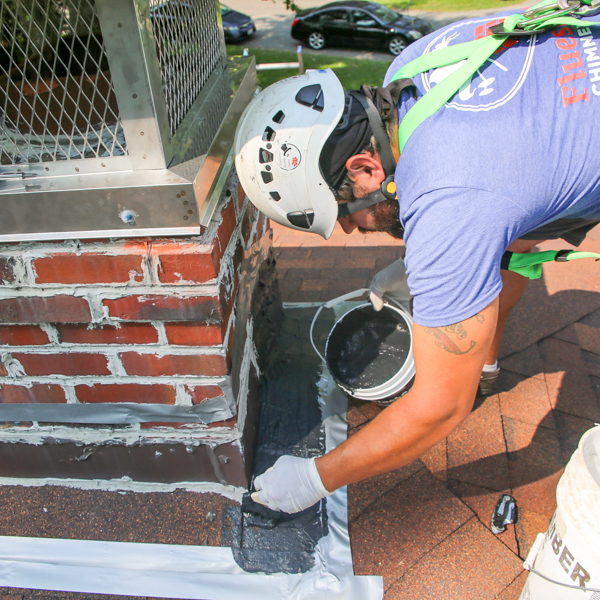 Deteriorating Flashing
Deteriorating Flashing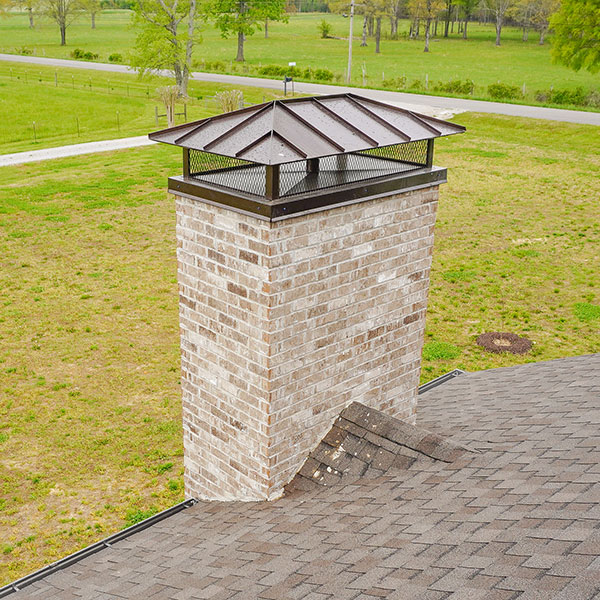 What is a chimney cap?
What is a chimney cap?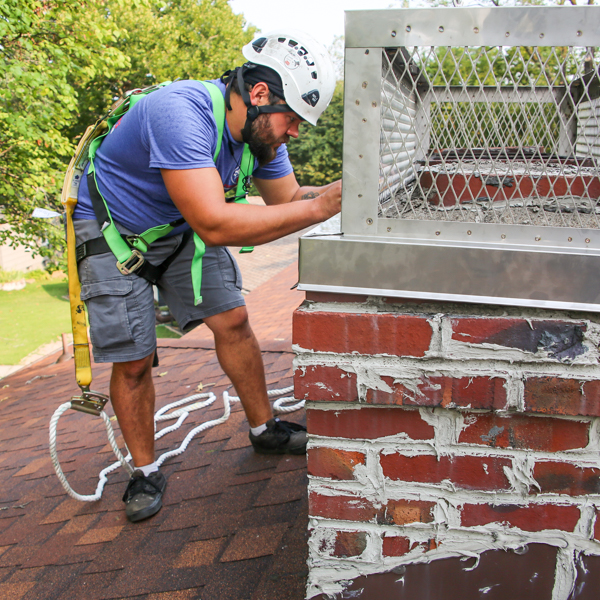 Have a chimney cap installed
Have a chimney cap installed